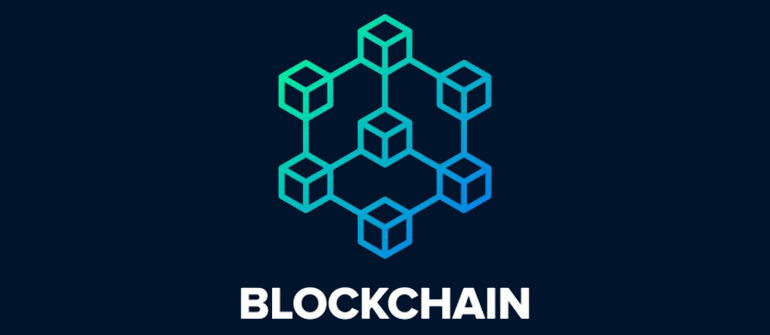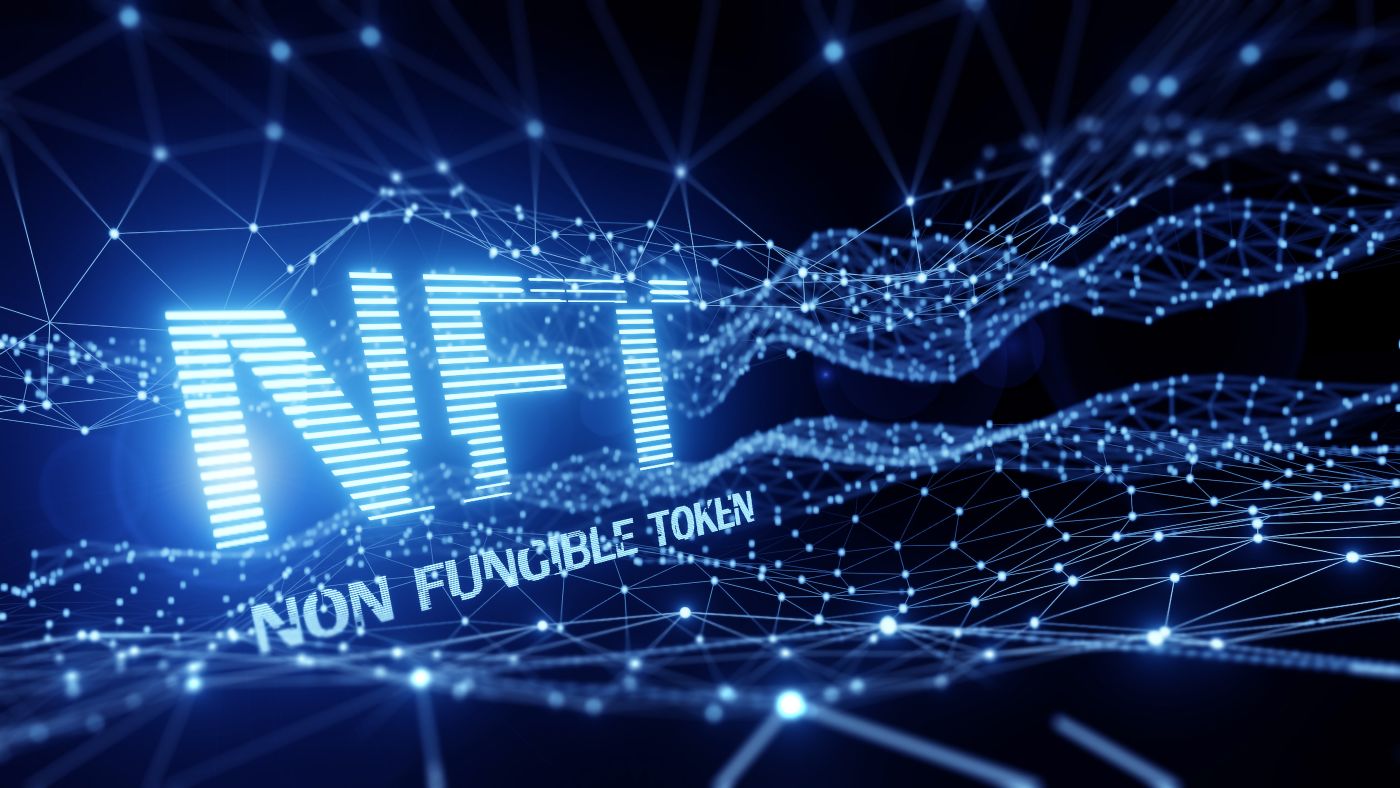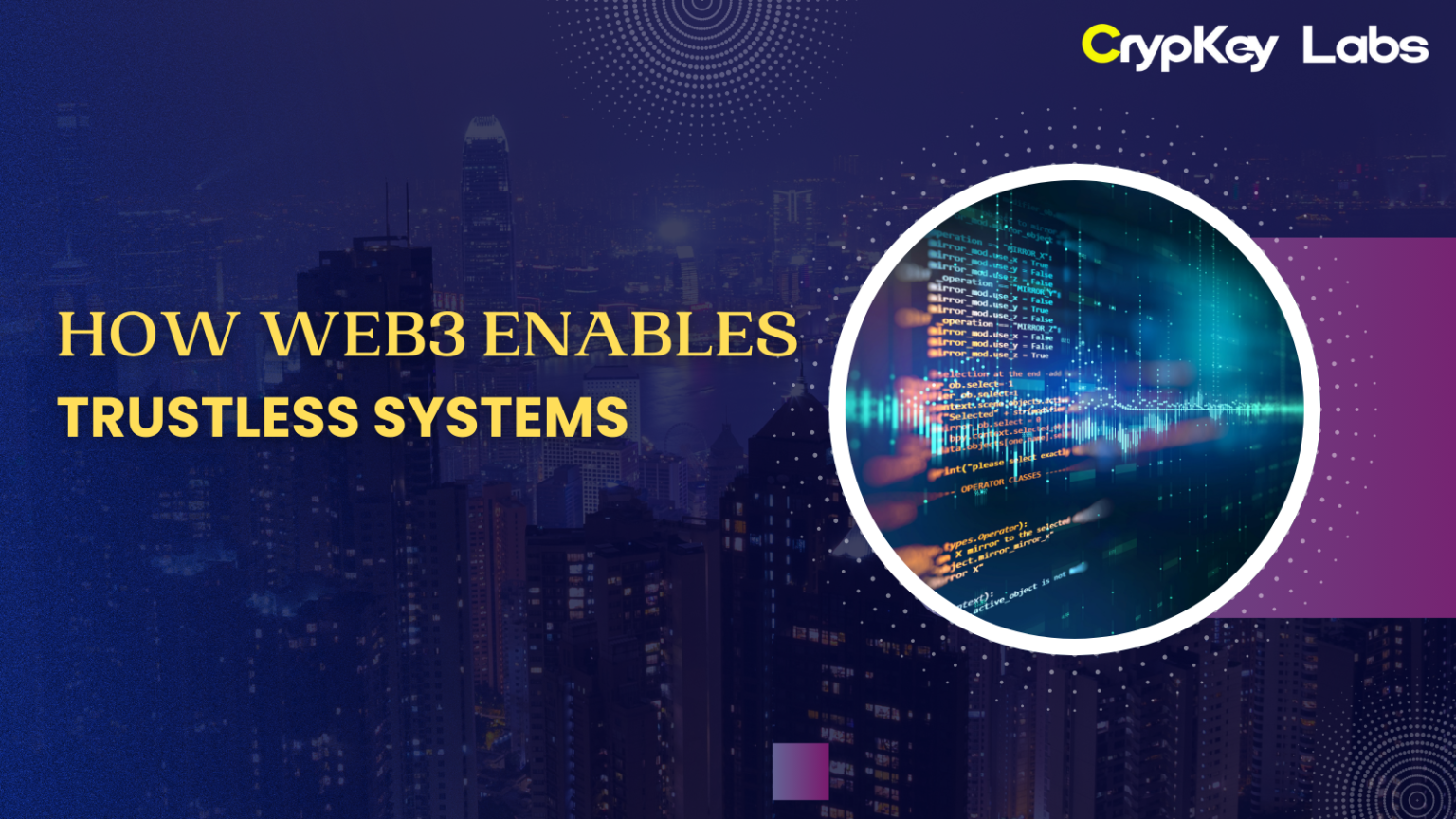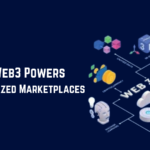As the internet continues to evolve, Web3 is paving the way for a more decentralized and secure digital landscape. Central to this transformation is the concept of trustless systems, which reduce the need for traditional intermediaries by relying on code, cryptography, and decentralized networks. In this blog, we’ll dive into how Web3 enables trustless systems, the benefits and challenges of these systems, and why they’re poised to change how we interact in the digital world.
Introduction to Web3 and Trustless Systems
Web3, often called the “next generation of the internet,” represents a shift from centralized control to decentralized networks. Unlike Web2, where large corporations own and control user data, Web3 offers a more user-centric experience. One of its most compelling features is the ability to create trustless systems. In this context, “trustless” doesn’t mean that systems are untrustworthy; rather, it means they don’t require users to place their trust in intermediaries or central authorities.
The Foundation of Trustless Systems in Web3
Trustless systems in Web3 rely heavily on the principle of decentralization. Here’s how these foundations work together to eliminate intermediaries:
- Decentralization: Traditional systems often rely on a central authority to facilitate transactions or store data, creating a single point of failure. In contrast, Web3’s decentralized approach distributes control across multiple nodes, ensuring that no single entity has power over the entire system.
- Blockchain Technology: As the backbone of trustless systems, blockchain is a secure, immutable ledger that records transactions transparently across a distributed network. This transparency ensures that every transaction is publicly verifiable, building trust without needing a centralized entity.
- Peer-to-Peer (P2P) Networks: By allowing users to interact directly, P2P networks facilitate transparent, tamper-proof interactions. This setup means that individuals can trust the system itself rather than relying on intermediaries to maintain fairness.
Key Technologies that Enable Trustless Systems
Several technologies power Web3’s trustless systems, each playing a unique role in eliminating the need for middlemen:
- Blockchain: Blockchains serve as immutable ledgers that anyone can access, ensuring that transactions are publicly verifiable and secure. This transparency removes the need for third-party verification.
- Smart Contracts: These are self-executing contracts with the terms written directly into code. Smart contracts automatically execute when conditions are met, removing the need for intermediaries and allowing for trustless, automated transactions.
- Cryptography: Strong cryptographic methods protect data integrity and user privacy. These encryption techniques ensure that transactions remain secure, even on open networks, and prevent tampering.
- Decentralized Consensus Mechanisms: Protocols like Proof of Work (PoW) and Proof of Stake (PoS) validate transactions and secure the network without relying on central authorities. Consensus mechanisms are the bedrock of trustless networks, ensuring everyone agrees on the state of the blockchain.
Benefits of Trustless Systems
Trustless systems bring a host of advantages that make them appealing to users and businesses alike:
- Enhanced Security and Fraud Prevention: Trustless systems minimize the risk of fraud by making data tamper-proof and transactions publicly verifiable.
- Greater Transparency: Blockchain’s transparency means users can verify transactions themselves, creating a more accountable and open system.
- Reduced Intermediary Costs: By eliminating third parties, trustless systems lower transaction fees, making services more affordable for users.
- Speed and Efficiency: Transactions can be processed directly between parties, reducing the time and complexity associated with traditional intermediaries.
Examples of Trustless Applications in Web3
Web3 enables a range of trustless applications across different industries, showcasing the versatility and potential of these systems:
- Decentralized Finance (DeFi): DeFi platforms let users lend, borrow, and trade assets without needing banks or brokers. By using smart contracts, DeFi allows transactions to happen securely and transparently, often with lower fees.
- Non-Fungible Tokens (NFTs): NFTs represent ownership of digital assets, enabling artists and creators to sell their work directly.
- Decentralized Autonomous Organizations (DAOs): DAOs are community-run organizations governed by code, where decisions are made collectively rather than by a central authority. DAOs allow participants to trust the rules set in the smart contract code, creating a more democratic and transparent governance structure.
- Supply Chain Management: Blockchain in supply chain management tracks goods as they move through production and distribution. This transparency allows companies and consumers to verify the origin and journey of products without relying on centralized tracking systems.
How Trustless Systems Are Redefining Trust in Digital Interactions
The shift to trustless systems is redefining how we perceive trust online. In traditional setups, we’re often required to “trust but verify” when interacting with a service or intermediary. With Web3, we transition to a model of “don’t trust, just verify.” This shift means that users no longer need to depend on trusted third parties to ensure fairness or transparency
In a trustless system, users gain more control and freedom over their data and transactions. The system itself guarantees integrity, security, and fairness, which can empower users and increase inclusivity across the digital world.
Challenges and Limitations of Trustless Systems
While trustless systems are promising, they also face challenges that could limit adoption:
- Scalability and High Fees: Some blockchains, like Ethereum, struggle with high transaction fees, making it costly for users.
- Complexity and Smart Contract Vulnerabilities: While smart contracts enable trustless transactions, they’re not immune to bugs or exploitation. A single vulnerability in the code can lead to security breaches, making rigorous testing crucial.
- Regulatory and Compliance Concerns: Governments are grappling with how to regulate decentralized networks. Legal and regulatory clarity is essential to ensure user protection and system accountability.
- Privacy vs. Transparency: While blockchain is transparent, this can conflict with privacy needs. Balancing user privacy with public accountability remains a significant challenge for Web3 developers.
The Future of Trustless Systems in Web3
The future of trustless systems looks bright as Web3 technology continues to evolve. We can expect further developments in smart contract technology, more efficient consensus protocols, and increased interoperability across blockchain networks. These advancements will likely make trustless systems more accessible, usable, and secure.
As trustless systems become more commonplace, their impact on industries like finance, real estate, healthcare, and governance could be transformative. By eliminating intermediaries, trustless systems offer new business models and foster greater inclusivity, helping users around the globe participate in a decentralized economy.
Conclusion
Web3 is changing how we interact with digital services, shifting from centralized, trust-dependent systems to decentralized, trustless ones. By leveraging technologies like blockchain, smart contracts, and cryptography, Web3 enables a more secure, transparent, and efficient digital experience. Though challenges remain, trustless systems hold the potential to reshape numerous industries, bringing us closer to a decentralized future where users have greater control and autonomy.
As we move further into the era of Web3, trustless systems may very well become the norm, giving individuals worldwide unprecedented access to transparent and secure digital services.







